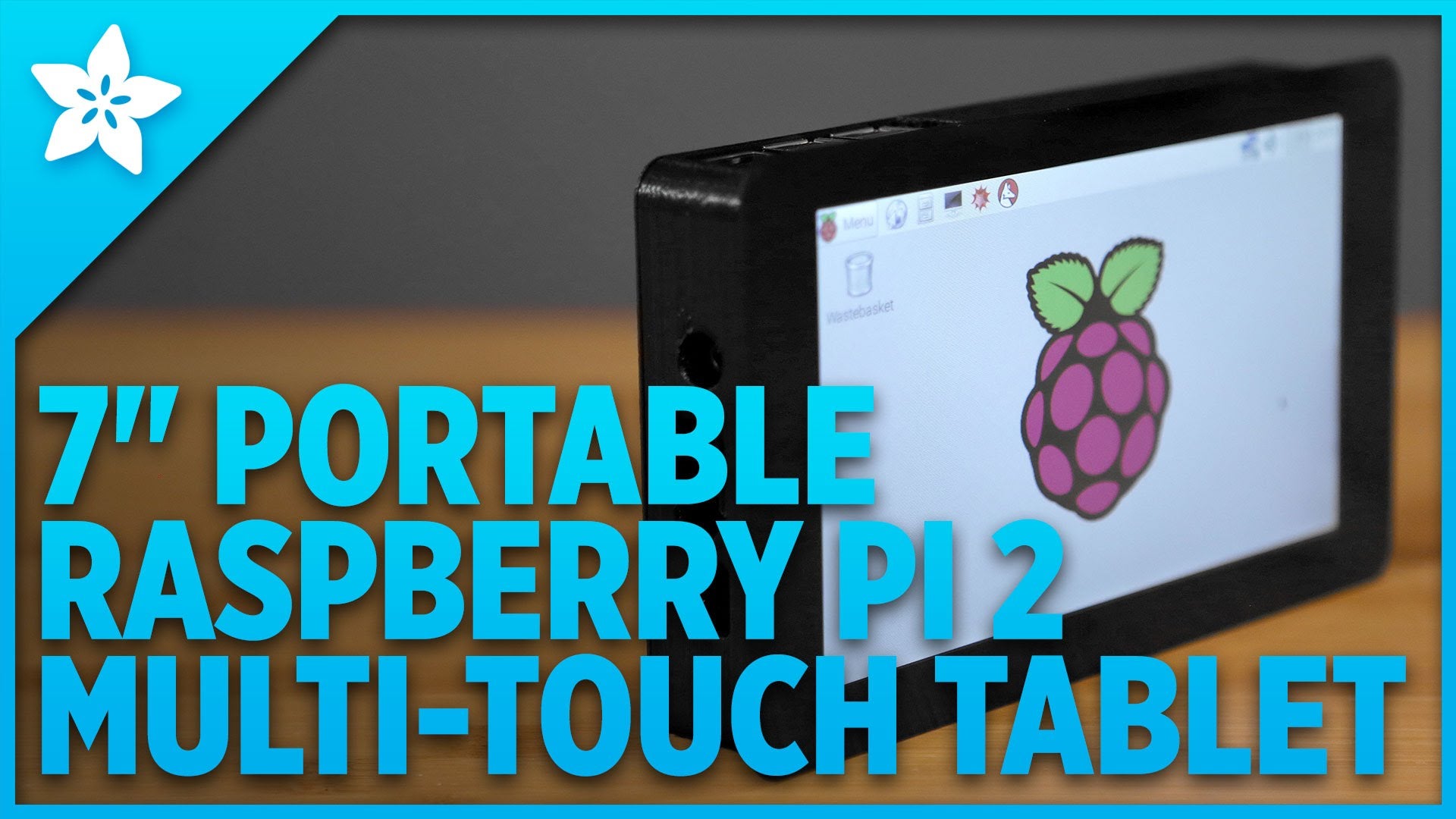
- Beszt handheld raspberry pi emu how to#
- Beszt handheld raspberry pi emu 1080p#
- Beszt handheld raspberry pi emu install#
- Beszt handheld raspberry pi emu full#
- Beszt handheld raspberry pi emu software#
Beszt handheld raspberry pi emu 1080p#
The U1 is designed to support 1080p video recording (such as you might use in a GoPro camera) at minimum serial write speeds of 10MB/s. I used a SanDisk Ultra 64GB microSDXC UHS-I U1A1 card. Your results may vary depending on the microSD card you use.
Beszt handheld raspberry pi emu full#
You can find the full description of that command line in my other article.
Beszt handheld raspberry pi emu install#
I used these parameters to run QEMU to install FreeDOS on my Raspberry Pi: qemu-system-i386 -m 16 -k en-us -rtc base=localtime -soundhw sb16,adlib -device cirrus-vga -hda freedos.img -cdrom FD12CD.iso -boot order=d Although this may seem laborious, it's not that hard. Unlike PC emulator systems like VMware or VirtualBox, you need to "build" your virtual system by instructing QEMU to add each component of the virtual machine. For FreeDOS, we won't need much room, so I created my virtual disk with 200 megabytes: qemu-img create freedos.img 200M The qemu-img command lets you create virtual disk images. Let's start by defining a virtual disk image that we'll use to install and run DOS. In QEMU, you need to "build" your virtual system by instructing QEMU to add each component of the virtual machine. The steps to install and run FreeDOS using QEMU are basically the same on the Raspberry Pi as they were for my GNOME-based system.
Beszt handheld raspberry pi emu how to#
Last year, I wrote an article about how to run DOS programs in Linux using QEMU. I took the QEMU screenshots in this article with my Raspberry Pi running Raspbian GNU/Linux 9 (Stretch). QEMU is available for Raspbian, the Linux distribution I'm using on my Raspberry Pi. Most popular Linux systems include QEMU by default.
Beszt handheld raspberry pi emu software#
QEMU (short for Quick EMUlator) is an open source virtual machine software system that can run DOS as a "guest" operating system on Linux. I use DOSBox for a few games, but for most things I prefer to run a full FreeDOS instead. I find the full DOS experience gives me greater flexibility and control than running DOSBox. It shouldn't be a surprise that I prefer to install FreeDOS to run classic DOS games and other programs. And if you ask the DOSBox forums, they'll tell you DOSBox is really meant for games.įor most users, it's a matter of preference. But if you run want to run DOS applications, DOSBox isn't the best platform. So if you just want to run a classic DOS game, DOSBox can do that for you. It is a great system that provides a DOS-like environment, mostly aimed at running games. Some might ask, "Why not use DOSBox instead?" DOSBox is an open source x86 emulator that runs on a variety of systems, including Linux. Maybe that's not as cool as running FreeDOS natively, but it's a great way to run DOS applications on the Raspberry Pi. So FreeDOS cannot run on the Raspberry Pi at the "bare hardware" level.įortunately, it's possible to run FreeDOS on the Raspberry Pi through PC emulation. The Raspberry Pi runs an ARM CPU, which is not binary compatible with the Intel CPU and does not include a BIOS. But the Raspberry Pi is a completely different architecture. Like any DOS, FreeDOS requires an Intel x86 CPU and a BIOS to provide basic runtime services. The simple answer is that FreeDOS cannot run on a Raspberry Pi by itself because of the CPU architecture.

After all, Linux runs great on the Raspberry Pi, and FreeDOS is an older operating system that requires fewer resources than Linux, so why shouldn't FreeDOS run on the Raspberry Pi. And one question I seem to get a lot lately is: "Can you run FreeDOS on the Raspberry Pi?"

Any program that works on MS-DOS should also run on FreeDOS.Īs the founder and project coordinator of the FreeDOS Project, I'm often the go-to person when users ask questions. FreeDOS is a complete, free, DOS-compatible operating system that you can use to play classic DOS games, run legacy business software, or develop embedded PC applications. You may be familiar with The FreeDOS Project.


 0 kommentar(er)
0 kommentar(er)
